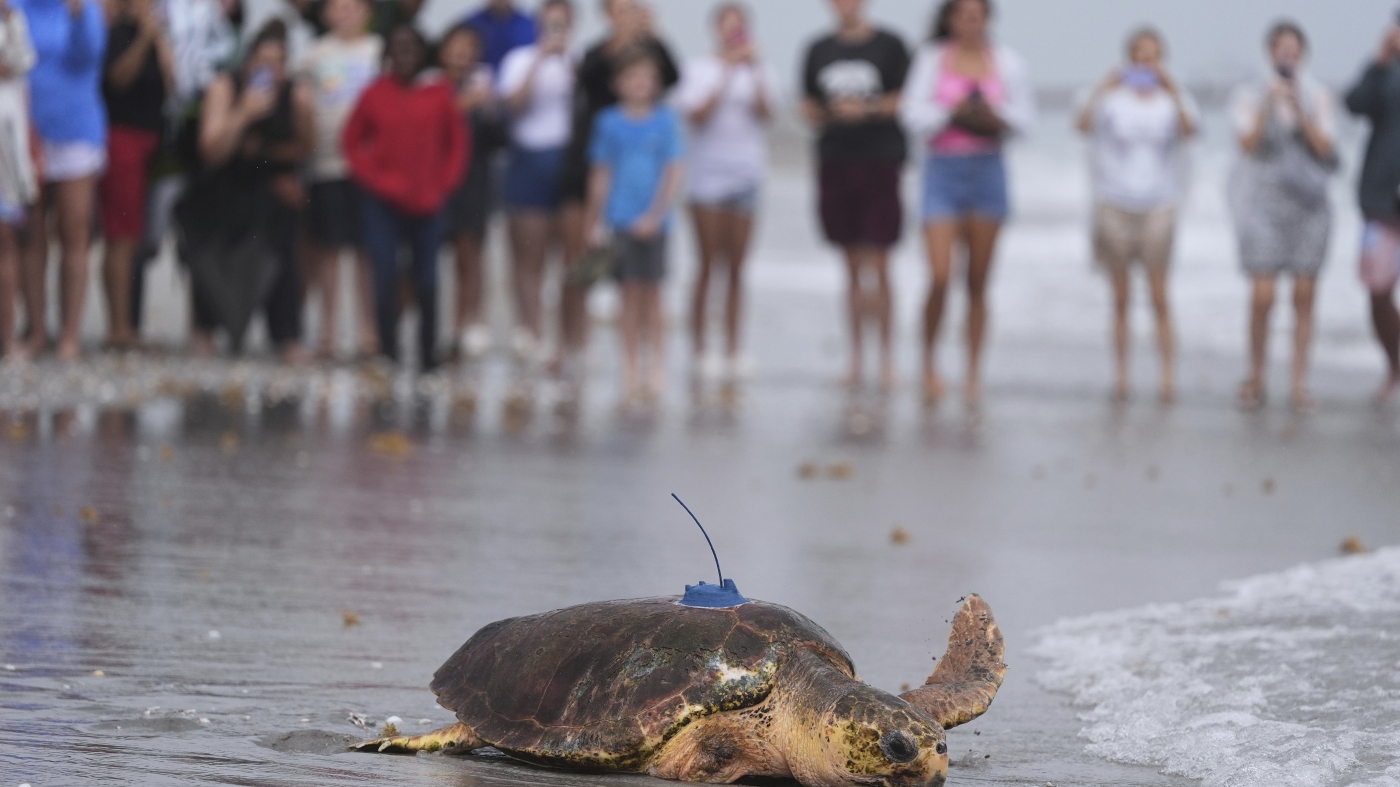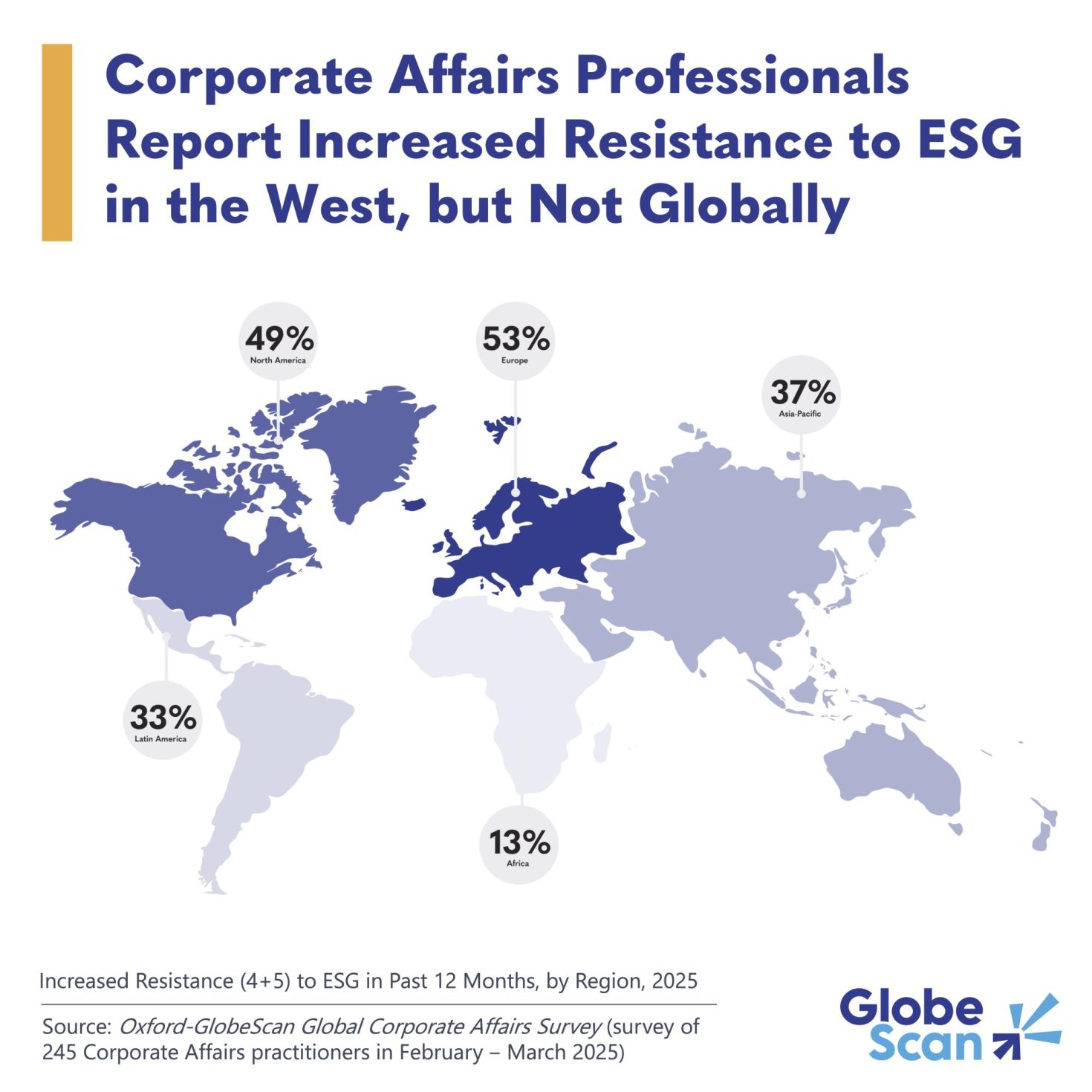Get Ready: Lobster Market is Gearing Up for Growth
According to the research report, the global lobster market was valued at USD 7.20 billion in 2022 and is expected to reach USD 17.07 billion by 2032, to grow at a CAGR of 9.13% during the forecast period.
While traditionally driven by North American and European consumption, the market is now seeing rapid growth in Asia-Pacific, particularly in China, South Korea, and Japan, where lobster is increasingly perceived as a luxury dining item. With innovations in lobster aquaculture and expansion of the shellfish trade, both exporters and importers are poised to benefit from evolving consumer trends.
Market Overview
Lobster, long considered a gourmet delicacy, is enjoying renewed global interest driven by increased disposable incomes, tourism, and the growing popularity of Western cuisine in developing economies. The global lobster market is primarily divided into:
-
American/Canadian Lobster (Homarus americanus): The most widely traded species, primarily sourced from the North Atlantic.
-
Rock Lobster (Spiny Lobster): Found in warmer waters, these are common in Australia, New Zealand, and parts of Africa and Asia.
In addition to wild-caught supply, lobster aquaculture is gaining traction, especially in Asia and Latin America, offering an opportunity to meet demand while reducing pressure on wild stocks.
Technological improvements in cold chain logistics have significantly enhanced the global distribution network, allowing live lobsters to be transported long distances while maintaining freshness, further fueling market expansion.
Key Market Growth Drivers
1. Rising Global Demand for Premium Seafood
As disposable incomes rise and global culinary tastes diversify, consumers are increasingly seeking out high-value seafood products. Lobster, in particular, benefits from its association with fine dining, special occasions, and luxury lifestyles. Upscale restaurants, cruise lines, and five-star hotels continue to feature lobster prominently on their menus.
2. Growth of the Shellfish Trade
The expanding shellfish trade is one of the most important trends shaping the market. With improved regulatory frameworks, tariffs, and export procedures, cross-border trade in shellfish—including lobsters—has increased substantially. Canada, the U.S., Australia, and New Zealand have strengthened their roles as major exporters, while China and Southeast Asia have emerged as dominant importers.
3. Advancements in Cold Chain Logistics
Live and frozen lobster exports depend heavily on cold chain logistics to preserve quality from harvest to table. Advancements such as real-time temperature monitoring, oxygenated live transport tanks, and rapid air freight delivery systems have improved the reliability and reach of lobster supply chains. This has expanded market access in inland and remote regions previously unable to source fresh lobster.
4. Expansion of Lobster Aquaculture
With wild stocks facing sustainability concerns, lobster aquaculture has emerged as a promising alternative. Technological advances in hatcheries, feed optimization, and disease control are making aquaculture more viable. Countries like Vietnam, Indonesia, and Cuba are investing in spiny lobster farming, which offers more predictable yields and less impact on marine ecosystems.
5. Consumer Shift Toward Sustainable Seafood
Environmental consciousness is reshaping seafood consumption patterns. Consumers and businesses alike are placing greater emphasis on sustainable seafood sourcing. Certifications from organizations such as the Marine Stewardship Council (MSC) are becoming crucial for market access, especially in North America and Europe. Retailers and restaurants are increasingly sourcing traceable and responsibly harvested lobster.
Browse Full Insights:
https://www.polarismarketresearch.com/industry-analysis/lobster-market
Market Challenges
Despite its robust outlook, the lobster market faces several key challenges:
1. Sustainability and Overfishing Concerns
The growing demand for lobster has raised alarms about overfishing and environmental degradation. Some North Atlantic lobster fisheries are approaching their catch limits, leading to tighter regulations, seasonal closures, and increased scrutiny on stock management. Balancing growth with sustainability remains a core challenge for industry stakeholders.
2. Climate Change and Ocean Conditions
Changing ocean temperatures and acidification pose serious risks to lobster populations. Warmer waters can disrupt breeding cycles, alter migration patterns, and increase susceptibility to disease. This impacts harvest volumes and introduces uncertainty into supply forecasting, especially in traditional fishing areas like the Gulf of Maine.
3. Trade Disruptions and Tariffs
The lobster market is deeply reliant on international trade. Geopolitical tensions, shifting trade policies, and tariffs—especially between major trading partners such as the U.S. and China—can severely disrupt supply chains. Even short-term restrictions can have significant ripple effects across the value chain.
4. High Costs and Complex Logistics
Lobsters are among the most logistically challenging seafood products to handle, especially when shipped live. Maintaining ideal temperatures, oxygen levels, and delivery speeds increases costs. Smaller suppliers may struggle to compete with larger exporters who can invest in state-of-the-art cold chain logistics.
Regional Analysis
North America
North America, particularly the United States and Canada, remains the largest producer and consumer of lobster globally. The Canadian province of Nova Scotia is a dominant exporter, supplying markets in Asia, Europe, and the U.S. The region benefits from a strong infrastructure and regulatory environment that supports both sustainability and scalability.
Maine in the U.S. continues to be a major hub, though the industry has faced challenges related to warming waters and conservation regulations. American lobster exports to Asia, especially China, have seen fluctuations due to tariffs and trade disputes, though demand remains high.
Europe
Europe is a significant consumer of lobster, with countries like France, Spain, and Italy leading demand. European consumers prefer both live and processed lobster, and there is a rising preference for sustainably certified products. The EU’s regulatory support for traceability and labeling has made sustainability a key differentiator in the region.
Asia-Pacific
Asia-Pacific is the fastest-growing market for lobster, driven by rising middle-class incomes, culinary globalization, and luxury dining culture. China is the largest importer, accounting for over 30% of global lobster imports. The Chinese New Year and other festivals see spikes in lobster consumption, with demand often outstripping supply.
South Korea and Japan also have growing markets, with a strong preference for live lobster in upscale restaurants. Countries like Vietnam and Indonesia are expanding their lobster aquaculture capabilities to meet regional demand and export potential.
Latin America and Africa
Latin American countries such as Brazil, Mexico, and Cuba are both consumers and producers of spiny lobster. Cuba, in particular, has seen success in lobster aquaculture and wild harvest exports to Europe. Africa’s lobster industry, led by South Africa and Madagascar, is still in early development but has significant export potential.
Key Companies
Clearwater Seafoods Inc. (Canada)
One of the world’s largest vertically integrated seafood companies, Clearwater is a leading exporter of Canadian lobster. The company emphasizes sustainability, cold chain management, and traceability, making it a preferred supplier in global markets.
East Coast Seafood Group (USA)
East Coast is a major processor and distributor of North American lobster. Known for its strong logistics infrastructure and strategic partnerships, it services large retail and foodservice clients across the U.S., Europe, and Asia.
True North Seafood (Canada)
A family-owned business with a global footprint, True North offers live, frozen, and value-added lobster products. It emphasizes quality control, sustainable sourcing, and customized client solutions.
Tangier Lobster Co. (Canada)
Tangier specializes in live lobster exports and has a strong presence in Asian markets. The company leverages advanced cold chain logistics to maintain freshness during long-haul shipments.
Vietnam Lobster Co.
One of the fastest-growing players in Asia’s lobster aquaculture scene, this company is pioneering closed-loop systems and exports to premium seafood markets in China and Japan.
Future Outlook
The global lobster market is positioned for sustained growth, shaped by luxury dining trends, rising seafood consumption, and supply-side innovation. However, success in this sector will increasingly depend on the ability to balance expansion with environmental responsibility.
The next wave of innovation is likely to come from:
-
Smart aquaculture and genetic breeding to increase yields and resilience
-
AI-driven cold chain monitoring for optimized freshness
-
Blockchain solutions for seafood traceability
-
Expanded focus on sustainable seafood certifications and consumer education
Conclusion
As global consumers continue to embrace premium and sustainable seafood, the lobster market stands out as a sector of opportunity and challenge. With rising demand, evolving trade dynamics, and technological advancements in cold chain logistics and lobster aquaculture, stakeholders have multiple avenues for growth.
However, industry players must stay vigilant about climate impacts, regulatory shifts, and sustainability commitments to ensure long-term viability. Those who invest in innovation, efficiency, and ecological stewardship will not only meet market demand but help shape the future of the global seafood economy.
More Trending Reports by Polaris Market Research:
Ready-to-Drink Cocktails Market
Ready-to-Drink Cocktails Market Companies: A Beverage Industry with Assorted Flavors
Sports Drink Market Companies: A Healthy Option for Gaining Energy After Rigorous Exercise
























































































































































